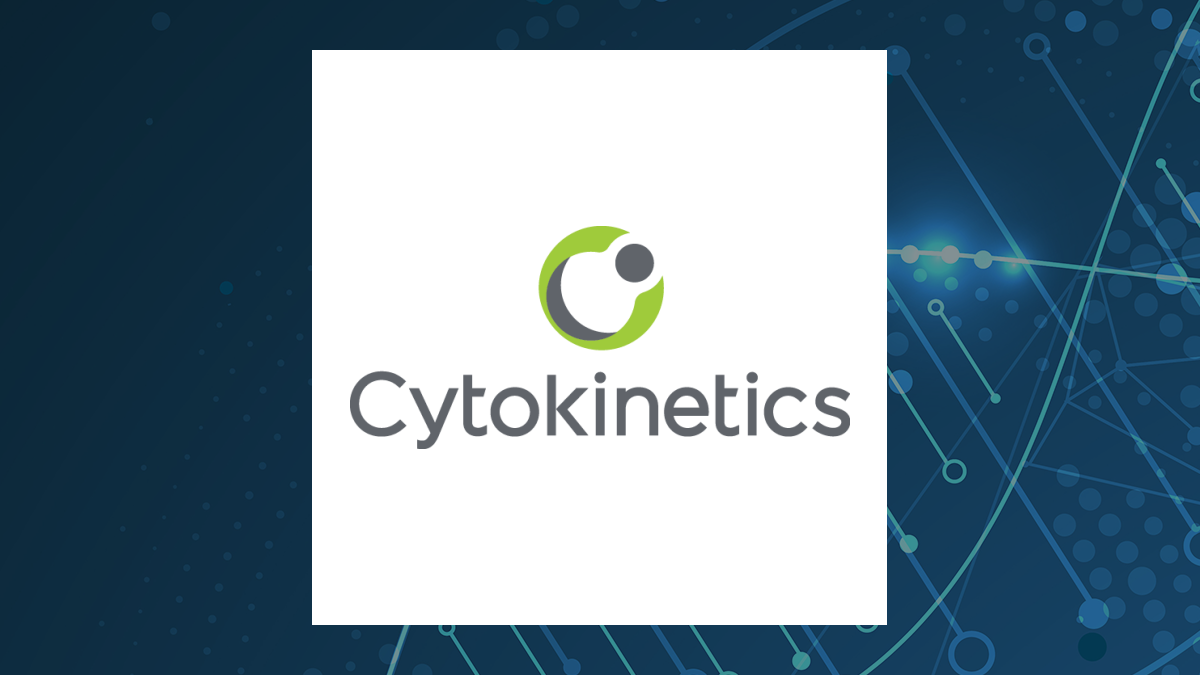The landscape of drug discovery is undergoing a significant transformation as pharmaceutical companies increasingly abandon traditional pilot programs in favor of long-term partnerships with artificial intelligence (AI) firms. This shift marks a departure from solitary experiments to strategic alliances that embed AI into the core of pharmaceutical research and development.
According to Thomas Kluz, Managing Director at Niterra Ventures, the relationship between AI startups and big pharmaceutical companies is evolving rapidly. Previously, collaborations often resulted in limited pilot projects that yielded minimal outcomes. Companies spent considerable resources on research and development, yet the results rarely translated into actionable insights. Now, this model is being replaced by robust, multi-year agreements that promise substantial benefits for both sectors.
A prime example of this evolution can be seen in Eli Lilly’s recent collaboration with Superluminal, which includes upfront funding, milestone payments, and equity investments. Furthermore, Novartis has established a comprehensive licensing deal with Monte Rosa, integrating AI-driven discovery into a partnership valued at a billion dollars. Similarly, AstraZeneca’s strategic partnership with CSPC Pharmaceuticals features a payment structure that could reach up to USD 5.33 billion, aligning more closely with traditional licensing agreements than earlier pilot programs.
The financial dynamics of these agreements are fundamentally different from those of the past. Startups are now expected to deliver tangible assets instead of merely validating their concepts. Pharmaceutical companies are investing not only in capital but also in organizational commitments, aiming for integration, reproducibility, and regulatory compliance.
Three key factors are driving this change in the industry. First, the maturation of AI technologies has shifted the focus from hype to results. AI platforms are now capable of generating validated hypotheses and optimizing lead candidates at scale. The pharmaceutical AI market is projected to grow from USD 4.35 billion in 2025 to USD 25.37 billion by 2030, reflecting an impressive compound annual growth rate of nearly 43%.
Second, the structure of deals is evolving to align risks and rewards. Upfront payments provide companies with the flexibility to explore new technologies, while milestone payments shift the technical risks to startups. Since 2015, nearly 100 partnerships have formed between AI vendors and large pharmaceutical companies, with the trend accelerating significantly.
Lastly, many pharmaceutical firms are realizing the advantages of owning AI capabilities through acquisitions or in-house labs. The investment in AI-focused pharmaceutical companies surged to over USD 24.62 billion in 2022, a thirtyfold increase over the past decade. This trend indicates a desire for greater control over AI technologies, allowing firms to leverage the agility of startups while benefiting from their scale.
For AI startups, the changing landscape demands a shift in strategy. Founders must adjust their pricing models to reflect the new environment, where pilots are no longer the standard. Instead, they should seek term sheets that include upfront payments, equity shares, and milestone criteria. Furthermore, startups need to be equipped with integration-ready platforms that demonstrate documented data provenance and reproducible results, as pharmaceutical companies are no longer merely seeking algorithms but comprehensive solutions.
Investors also face new challenges in this evolving market. Longer relationships with pharmaceutical partners can offer substantial benefits, such as validation and clear exit strategies, but they also carry risks. Over-reliance on a single partner can diminish competitive pressure and flexibility. Due diligence will need to adapt, focusing on contract exclusivity, equity provisions, and intellectual property rights.
For pharmaceutical executives, the imperative is clear: treat AI as an essential component of the drug discovery process rather than a mere experiment. Establishing phase-gated contracts with specific Key Performance Indicators (KPIs) and taking minority stakes to align incentives are crucial steps. Internal validation teams should be set up to assess external AI results, and careful planning is necessary to integrate these innovations while preserving the agility of startups.
The integration of AI into drug discovery is not without its challenges. Cultural mismatches and regulatory complexities can hinder progress. As AI increasingly influences trial design and candidate selection, regulators will demand comprehensive documentation regarding data lineage and reproducibility. Startups that proactively address these requirements will be better positioned to form successful partnerships.
In conclusion, the traditional pilot model is becoming obsolete as the pharmaceutical industry embraces deeper, strategic partnerships with AI firms. The focus has shifted to creating value through collaboration, with companies rethinking how they leverage AI in their operations. The future of drug discovery lies in these enduring alliances, where partnerships can lead to significant advancements in healthcare. The crucial question now is which companies will take the lead in transforming the industry by making bold commitments to these new models. With the stakes higher than ever, waiting on the sidelines is no longer an option.







